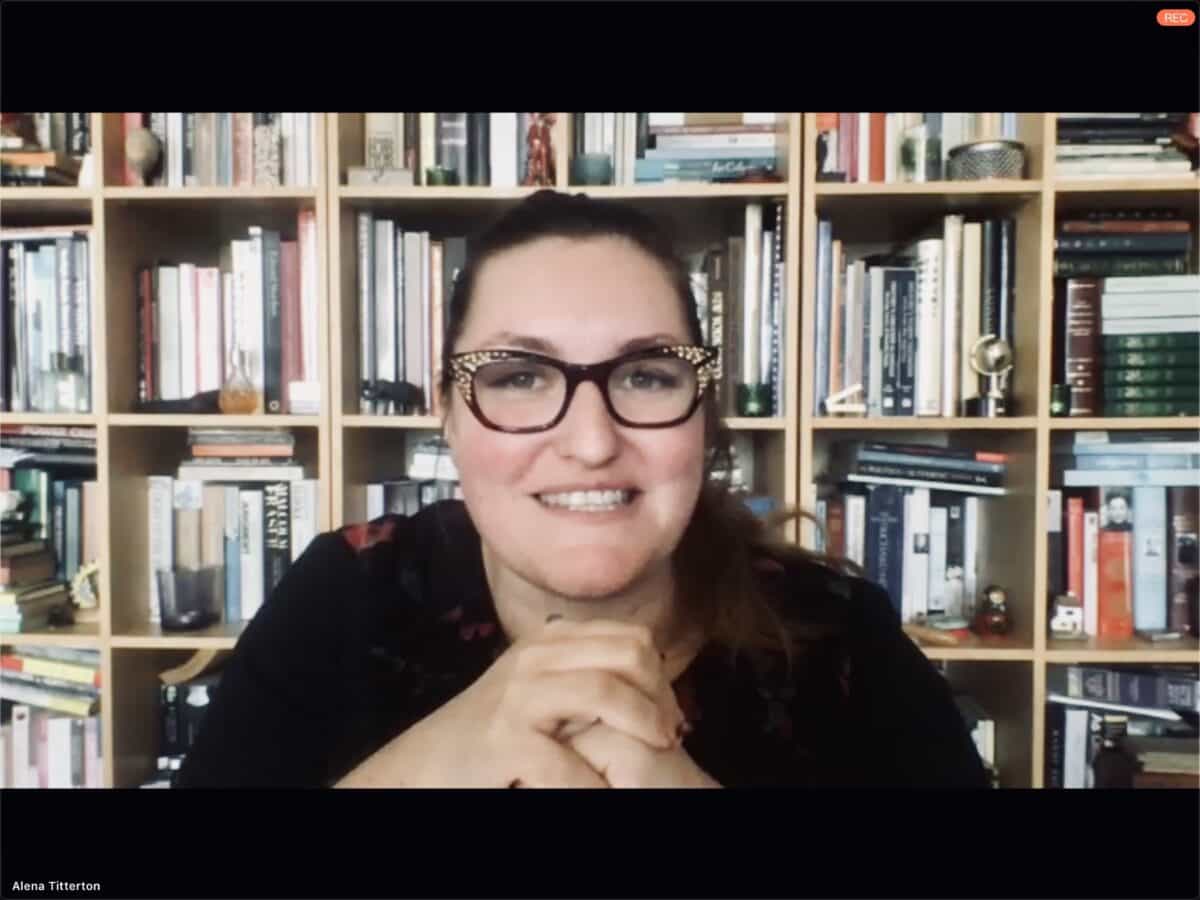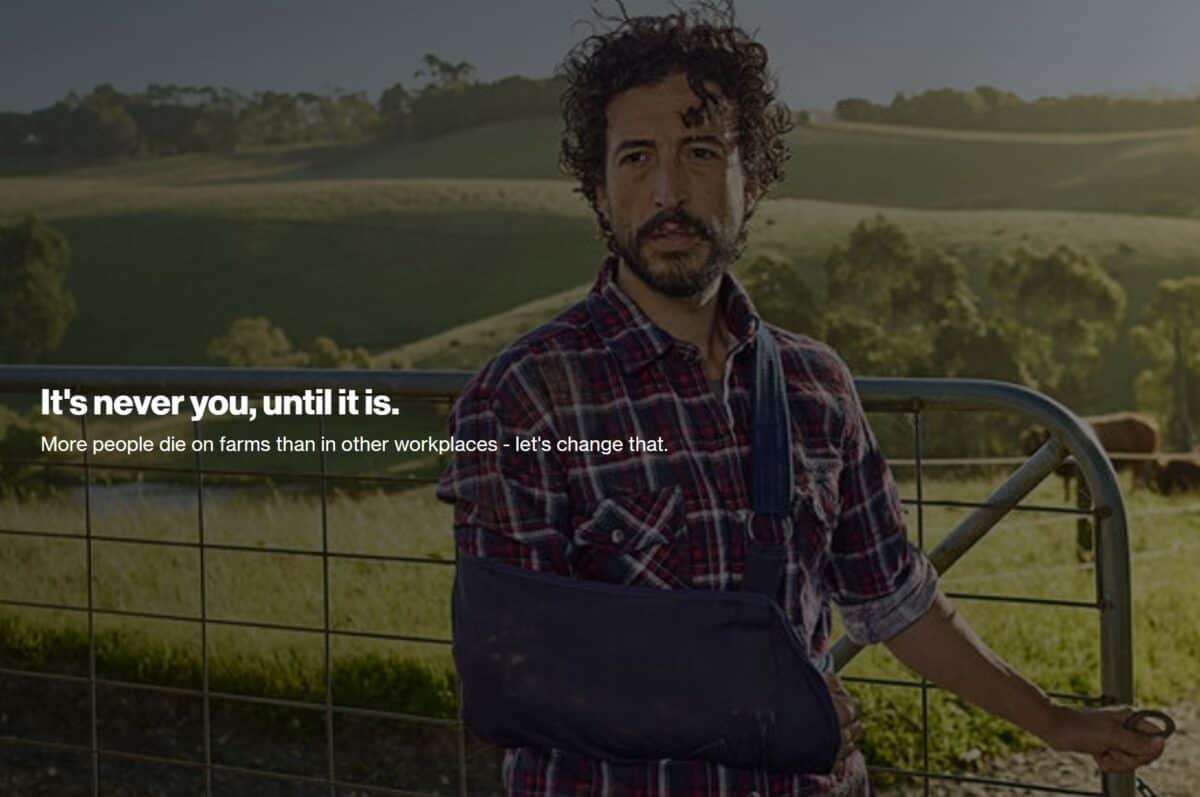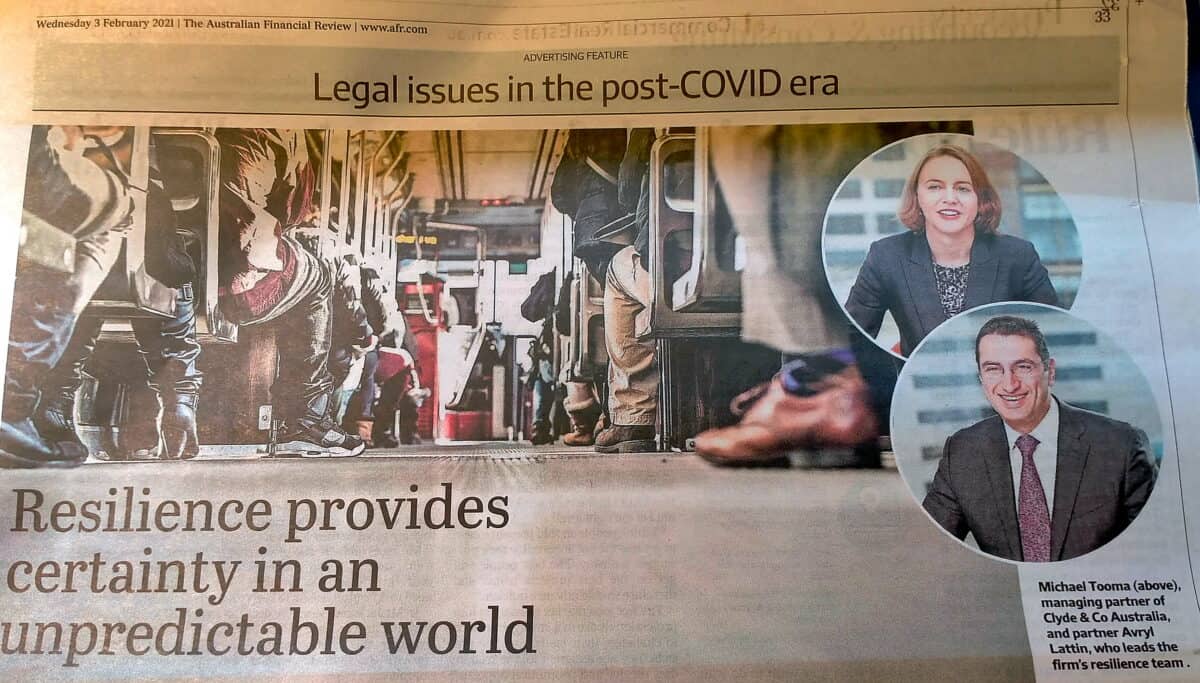In discussing the current changing power structures in Australian politics, journalist Annabel Crabbe wrote:
“The driving element of the new power is this: Actions that previously did not carry consequences are now carrying consequences. Behaviour that was once tacitly acceptable in the elaborate and bespoke workplace that is Parliament House is now — with the benefit of sunlight — recognised as unacceptable.”
On March 24 2021, lawyer Alena Titterton explained what underpins the calls for Industrial Manslaughter laws as:
“Everyone wants to see consequences.”
In many social policy and political areas, Australia is seeing a change in “the social will” to fill the current void in political will. This is a useful perspective through which to view recent Industrial Manslaughter campaigns.







